Belonging to the Apocynaceae family, Whorled Milkweed (Asclepias verticillata) is a hardy perennial native to the U.S. and Canada, thriving across hardiness zones 4 to 9. This low-maintenance native plant is an essential addition to naturalized areas, native gardens, and meadows, providing critical support to monarch butterflies and a wide range of pollinators.
Its slender, whorled leaves and delicate white blooms make it a subtle yet important part of any pollinator-friendly landscape. Whorled milkweed adapts well to various conditions and requires minimal care, making it an excellent choice for gardeners seeking an eco-friendly, wildlife-supporting option.
| Common name | Whorled Milkweed |
| Botanical name | Asclepias verticillata |
| Family | Apocynaceae |
| Species | verticillata |
| Origin | USA, Canada |
| Life cycle | Perennial |
| Plant type | Native Plant |
| Hardiness zone | 4, 5, 6, 7, 8, 9 |
| Sunlight | Full Sun |
| Maintenance | Medium |
| Soil condition | Clay |
| Drainage | Well-Drained |
| Growth rate | Medium |
| Harvest time | Fall |
| Flowering period | Summer |
| Height | 1 ft. – 2 ft. 6 in. |
| Flower color | Green |
| Leaf color | Green |
| Stem color | Green |
| Fruit type | Follicle |
| Fruit benefit | Good Dried |
| Leaf benefit | Showy |
| Garden style | Butterfly Garden |
| Uses | Meadow |
I. Appearance and Characteristics
Asclepias verticillata, the whorled milkweed, eastern whorled milkweed, or horsetail milkweed, is a species of milkweed native to most of eastern North America and parts of western Canada and the United States.
This is a perennial herb with a single stem 6 inches to 3 feet tall. The very narrow, linear leaves are arranged in whorls of 4–6 with short internodes. The inflorescence is an umbel of 7–20 greenish white flowers. Flowers are fragrant and bloom between June and September. Its native habitats include glades, dry prairies, dry slopes, dry open woods, pastures, fields, and roadsides. The Latin specific epithet verticillata is in reference to the leaves appearing in whorls.
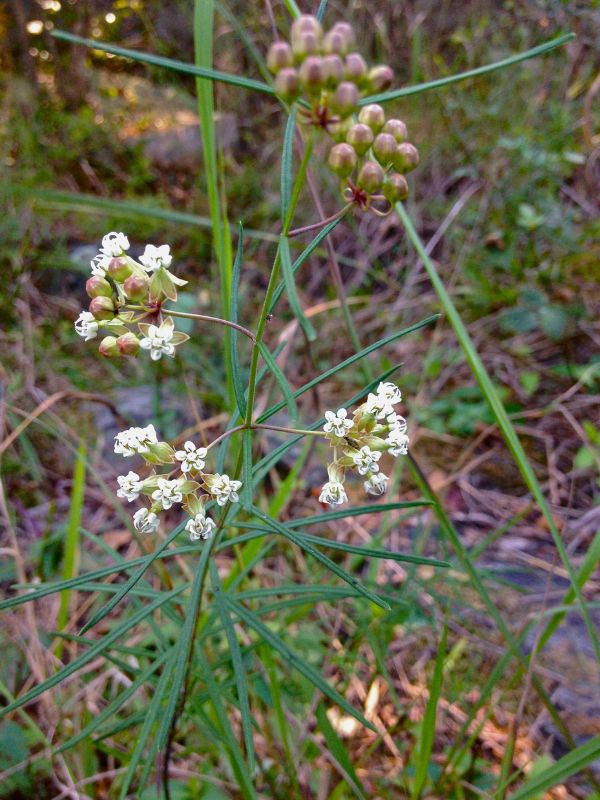
This species can reproduce vegetatively and does not depend on pollinators, but it does produce some nectar, mostly in the early evening hours. Insect visitors to the plant include wasps, honey bees, and lepidopterans such as moths and the cabbage white. Like other milkweed species, this plant is a host plant for the monarch butterfly whose caterpillars feed on the leaves.
The plant is toxic to livestock.
II. How to Grow and Care
Sunlight
Whorled Milkweed prefers plenty of sunlight and grows well in full sun. It can also tolerate partial shade if necessary.
Temperature
It can be planted in most areas if you would remove it after planting for just a year. The suitable temperature range for its growth is 18 to 30 ℃. It can tolerate up to 35 ℃ and withstand a minimum temperature of 8 ℃ in winter. It will stop growing below 5 ℃ and gradually die below 0 ℃.
Whorled Milkweed likes a humid environment, so provide it with sufficient water in all seasons except winter. If the air humidity is too low, the leaves will gradually lose their luster.
Watering
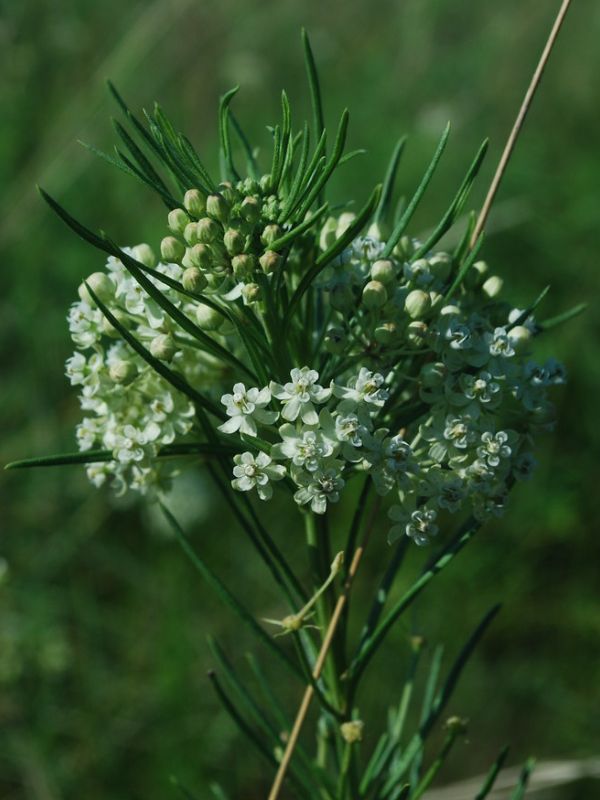
Native to North America’s grasslands, whorled Milkweed thrives in well-drained soils, exhibiting a preference for consistent moisture levels akin to its natural prairie habitat. It is moderately drought-tolerant once established and favors a balance of hydration without over-saturation. For optimal growth, watering every week is recommended. As an herbaceous perennial, whorled Milkweed is more commonly grown outdoors where it can benefit from natural rainfall patterns, which contribute significantly to its water cycle during the active growing season.
Soil
Whorled Milkweed adapts to various soil environments. The most suitable soil is slightly acidic and well-drained. If the planting soil is sticky, add some leaf mold, organic fertilizer, river sand, or a similar compound and stir evenly to improve soil texture. You can also add a little soil at the base of the plant to encourage growth. This will prevent plant lodging and provide more nutrients to the roots.
Fertilizing
Fertilize whorled Milkweed sparingly with balanced or high phosphorus fertilizer to boost health and blooms. Apply in early spring as growth resumes and again mid-summer. Be cautious—over-fertilizing can harm whorled Milkweed. Use diluted solutions at a quarter to half-strength, no more than twice per season. Seasonal needs vary; less is better during dormant phases. Accurate measurement ensures optimal vigor without damage to whorled Milkweed’s delicate system.
Planting Instructions
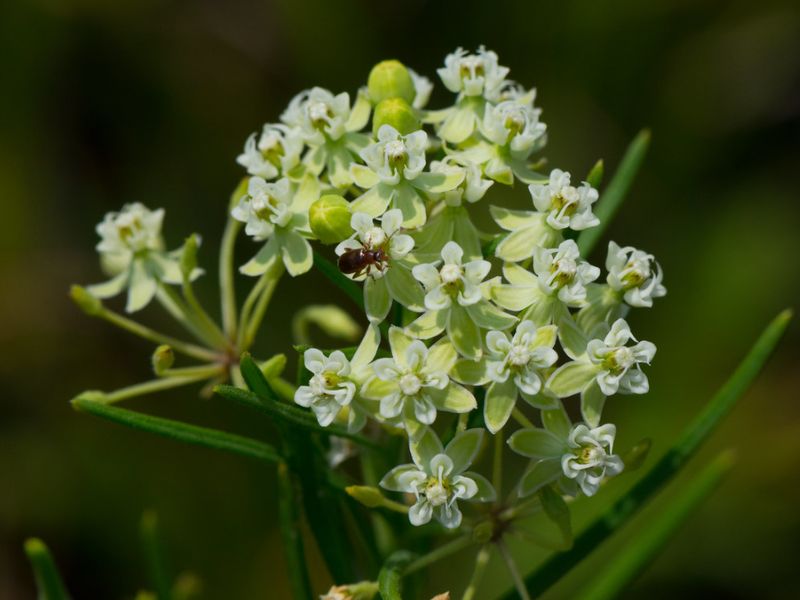
Whorled Milkweed can be sown in spring, planted in flower pots or placed directly in the garden. You can keep seeded pots indoors. Sow at warmer temperatures for best results. The seeding depth is about 2.5 cm. Press the soil slightly, so that the soil and the seed make firm contact. After sowing, water the seeds thoroughly. Generally, they will germinate after two weeks with a germination rate of about 80-90%., When the seeds in the pot germinate with 2-3 pairs of leaves, they can be transplanted into the ground.
When transplanting, keep the soil on the roots to avoid damaging the root system. Remember to water thoroughly after planting. Whorled Milkweed grows best in a ventilated environment, such as by a road, wall, or window. Without good ventilation, pests will appear, which can threaten the plant’s growth.
Pruning
Regularly remove infected plants and wilting leaves to keep whorled Milkweed healthy. If you are located in a tropical or subtropical climate, you can cut off branches in early spring to promote germination. Given the high toxicity of whorled Milkweed, wear gloves when handling plants to prevent poisoning. Keep whorled Milkweed away from children, avoid direct contact, and do not eat the plant.
Propagation
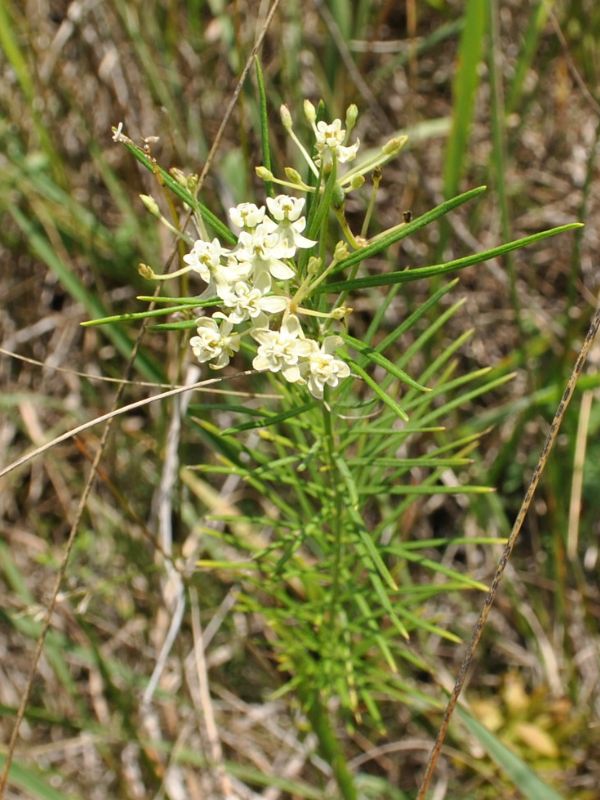
Whorled milkweed seeds develop in narrow pods that are about 3 inches (7.6 cm) long. When they burst, they distribute silky-topped seeds by wind. It also propagates through spreading rhizomes. If you leave them alone, this milkweed will propagate itself without taking over areas or crowding out other plants.
Milkweeds do not transplant well, so it’s best to propagate by seed. You can easily find seeds available online. If you want to move some of the plants in your garden or share with others, pull up small whorled milkweed seedlings. Larger plants will not transfer well.
Transplanting
For optimal results, transplant whorled Milkweed during the ‘cool growing season’ (Spring or Autumn). This timing allows for better root establishment before hot, dry summers. Choose sunny to lightly shaded locations for plantation. Be gentle with the root system while transplanting, as whorled Milkweed has a delicate nature.
III. Uses and Benefits
- Ornamental uses
This is a great choice for anyone interested in planting more native species. Whorled milkweed is a popular food source for pollinators. It is also a host species for monarch butterflies. Monarchs need milkweeds to lay their eggs. The caterpillars hatch and feed on the leaves.
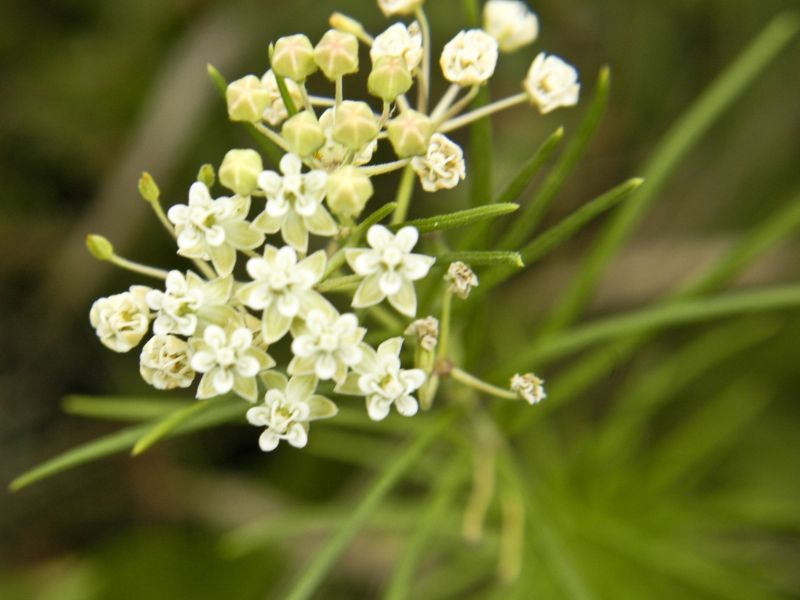
Use whorled milkweed in native gardens and beds, pollinator gardens, meadows and prairie gardens, and in naturalized areas. In its native range, it grows readily in dry prairies, glades, open woods, pastures, and along roadsides.
- Medicinal uses
It was used as a medicinal plant by Native American peoples. The Choctaw used it to treat snakebite, the Lakota and Hopi used it to increase breast milk in nursing mothers, and the Navajo used it for nose and throat problems.
Find Where to Buy the Best Whorled Milkweed (Asclepias verticillata)
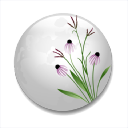






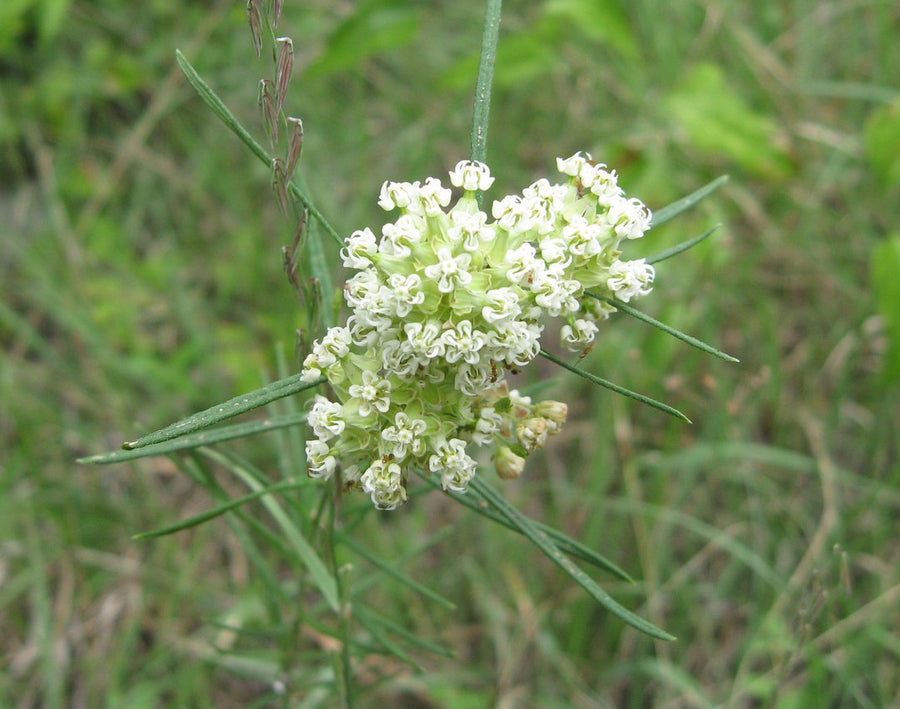










Leave a Reply